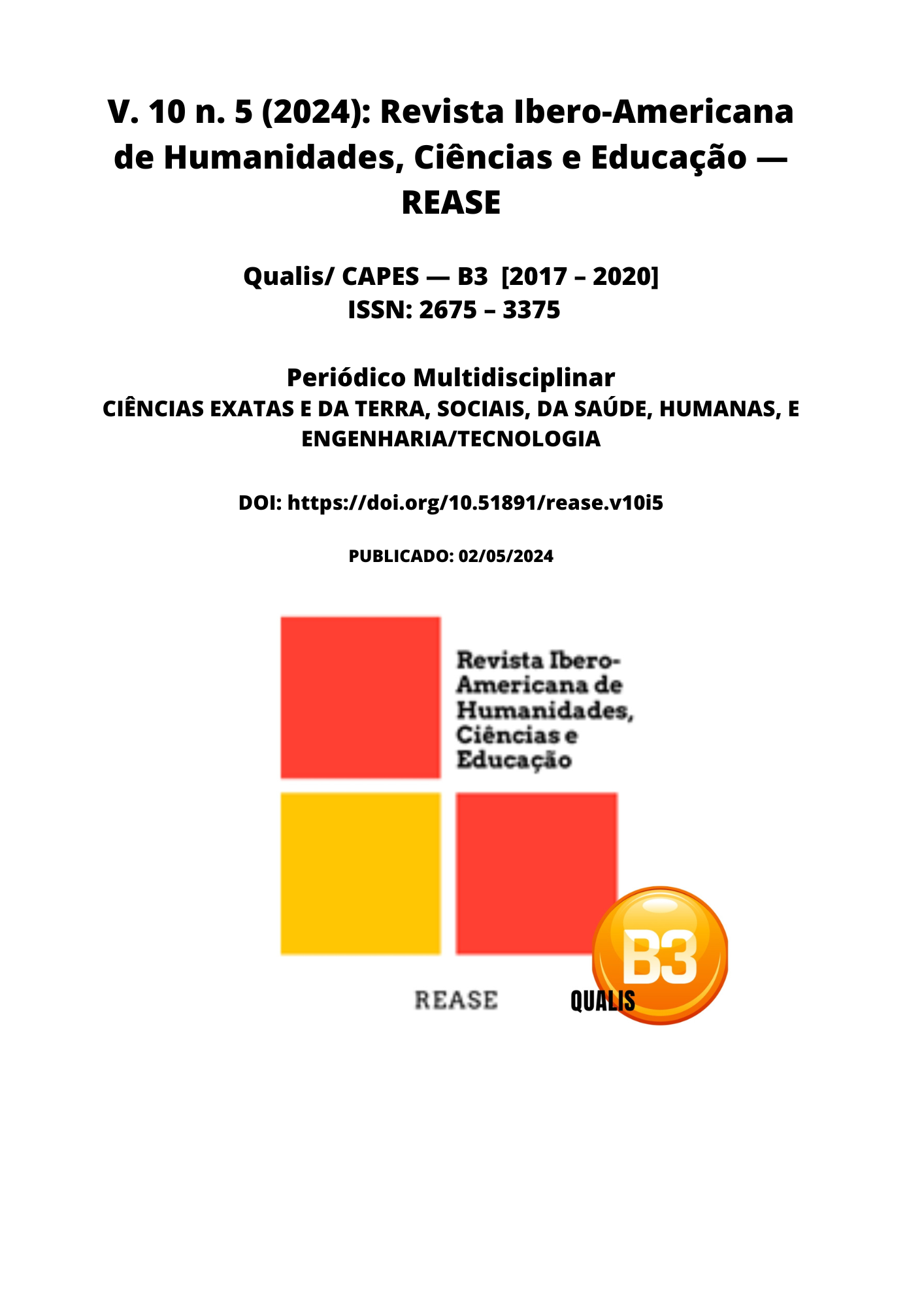THE PREVALENCE OF SEQUELATES AFTER COVID-19 INFECTION IN THE MUNICIPALITY OF JUIZ DE FOR A
DOI:
https://doi.org/10.51891/rease.v10i5.13491Keywords:
COVID-19. Risk Factor. Complication. Sequelae. Vaccination.Abstract
Introduction: With more than 37 million confirmed cases in Brazil, SARS-CoV-2, or also known as COVID-19, has become responsible for one of the biggest health problems of the 21st century, with a high rate of transmissibility, in addition to clinical and varying severity according to several factors, such as previous comorbidities and/or advanced age. Furthermore, it was observed that even after the end of the infection, which occurs on average within 14 days, some of those who had contracted the virus remained or developed some type of sequel, such as respiratory difficulty, pulmonary thromboembolism, psychological disorders, ageusia, myalgia. chest and fatigue, becoming known as long COVID. Objectives: To analyze the prevalence of post-infection sequelae of COVID-19 in the city of Juiz de Fora, and to relate it to risk factors and vaccination. Methods: A cross-sectional study was carried out with 138 individuals over 18 years of age living in the municipality of Juiz de Fora. For data collection, an online questionnaire was used regarding the occurrence of post-Covid-19 sequelae. Results: At least one sequel was found in 74% of the patients in the study, the most relevant being: tiredness/fatigue (35.5%), hair loss (34.78%) and language, reasoning or memory difficulties (31.88%). The variables age group, presence of risk factors, sex, race and vaccination status versus the manifestation of lasting symptoms were analyzed for association with symptoms of prolonged COVID and no statistically significant associations were found. Conclusion: It is concluded that the long Covid had a high prevalence in those infected in Juiz de Fora. It can be inferred that the symptoms differ greatly when in the acute or long period of the disease and no association was found between risk factors for severe Covid and the prevalence of sequelae, as well as there is no association between their prevalence and the vaccination process.
Downloads
Downloads
Published
How to Cite
Issue
Section
Categories
License
Atribuição CC BY

